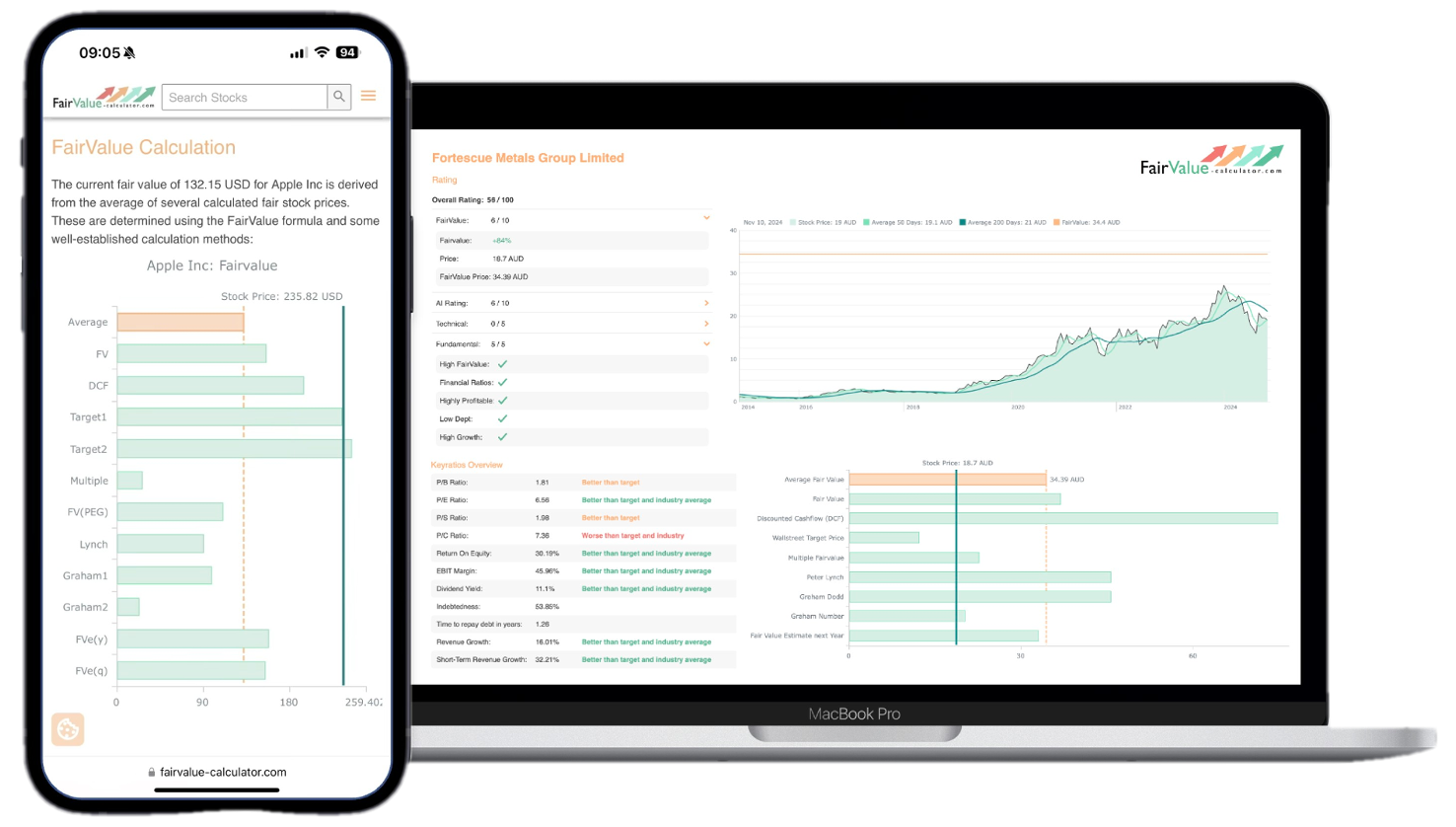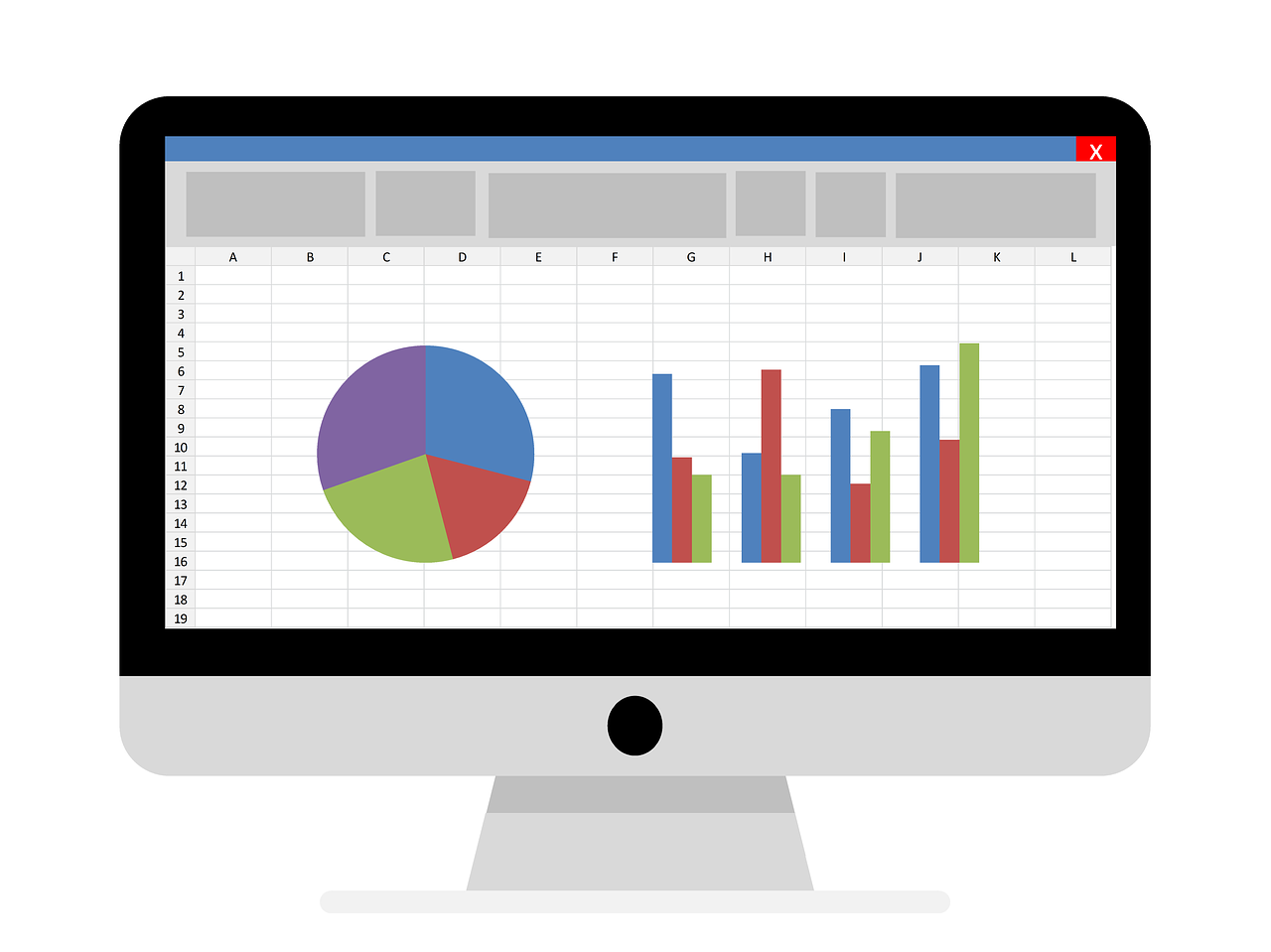In the fast-evolving world of stocks and investments, few phenomena strike as much fear and intrigue as the notion of a “bubble.” Remember the dizzying highs and devastating crash of the Dotcom Bubble in the late ’90s or the housing market implosion of 2008? These historical events remind us how quickly an investment dream can turn into a financial nightmare. Today, the question on many investors’ minds is whether we are witnessing an AI stock market bubble. Could the booming valuations associated with AI giants like Nvidia and Palantir be a harbinger of history repeating itself?
💡 Discover Powerful Investing Tools
Stop guessing – start investing with confidence. Our Fair Value Stock Calculators help you uncover hidden value in stocks using time-tested methods like Discounted Cash Flow (DCF), Benjamin Graham’s valuation principles, Peter Lynch’s PEG ratio, and our own AI-powered Super Fair Value formula. Designed for clarity, speed, and precision, these tools turn complex valuation models into simple, actionable insights – even for beginners.
Learn More About the Tools →🚀 Test the Fair Value Calculator Now!
Find out in seconds whether your stock is truly undervalued or overpriced – based on fundamentals and future growth.
Try it for Free →
Fortunately, modern technology offers us tools to navigate these turbulent waters. Enter AI-based fair value analysis, a new frontier in investment strategy that can help differentiate between genuine innovation and speculative excess. This method combines robust data analytics with seasoned financial wisdom to unveil the true value of today’s hyped stocks. As we dive into the nuances of fair value analysis, you’ll discover how this technique can protect your portfolio from the perilous peaks of overvaluation and steer you towards more informed decision-making. Join us as we unravel the truths behind today’s stock market fervor and explore what it means for the astute investor.
Explore our most popular stock fair value calculators to find opportunities where the market price is lower than the true value.
- Peter Lynch Fair Value – Combines growth with valuation using the PEG ratio. A favorite among growth investors.
- Buffett Intrinsic Value Calculator – Based on Warren Buffett’s long-term DCF approach to determine business value.
- Buffett Fair Value Model – Simplified version of his logic with margin of safety baked in.
- Graham & Dodd Fair Value – Uses conservative earnings-based valuation from classic value investing theory.
- Intrinsic vs. Extrinsic Value – Learn the core difference between what a company’s really worth and what others pay.
- Intrinsic Value Calculator – A general tool to estimate the true value of a stock, based on earnings potential.
- Fama-French Model – For advanced users: Quantifies expected return using size, value and market risk.
- Discount Rate Calculator – Helps estimate the proper rate to use in any DCF-based valuation model.

When will the AI stock bubble crash?
Predicting the exact moment an AI stock market bubble bursts is notoriously tricky. Financial history shows us that bubbles often deflate when investor sentiment shifts—triggered by rising interest rates, disappointing earnings, or regulatory crackdowns. According to an MIT study in 2024, AI valuations already exhibit characteristics of speculative excess: price-to-earnings multiples far above historical norms, rapid retail inflows, and widespread FOMO-driven trading.
That said, catalysts can accelerate a crash. A major earnings miss from a flagship AI firm or an unexpected policy change could prick the bubble in weeks rather than years. For the retail investor, using an intrinsic value calculator or fair value analysis tool from fairvalue-calculator.com can signal when AI stock valuations diverge wildly from fundamental earnings forecasts—alerting you to step back before the market sentiment flips.
Is AI in Bubble Territory?
At first glance, the AI sector’s blistering growth and sky-high valuations suggest bubble territory. Over the past year, AI stock valuations have soared by over 150%, outpacing both the S&P 500 and traditional tech indices. Major players like Nvidia trade above 100x forward earnings, while some AI-focused IPOs have doubled on day one, classic red flags in the study of overvalued sectors.
However, true bubble territory requires more than lofty multiples; it needs unsustainable business models and frothy retail speculation. While AI adoption is real, powering everything from autonomous vehicles to healthcare diagnostic, the gap between hype and deliverable revenue remains wide. Here, fair value analysis helps separate firms with genuine, data-backed growth trajectories from those riding mere hype waves.
Is AI driving stock prices up too much?
There’s no question: AI is a major driver in today’s equity markets. According to a Q1 2024 report from Morningstar, the software sector, labeled “AI-heavy”, led market cap gains, contributing nearly 40% of the S&P 500’s advance. Whether it’s AI-enhanced cloud services, chipmakers ramping up production, or AI-powered platform plays, investors are piling in, worried they’ll miss the next big wave.
But this rally raises the specter of overextension. When AI enthusiasm becomes untethered from cash flows and realistic profit forecasts, we veer into bubble dynamics. That’s why an investor armed with an intrinsic value calculator can gauge whether AI stock valuations truly reflect sustainable earnings potential—or whether price appreciation has run off the rails with greed and speculation.
Is the current AI bubble bigger than the 1990s tech bubble?
When comparing today’s AI frenzy to the late-’90s dotcom bubble, scale matters. In 2000, technology companies accounted for roughly 35% of the Nasdaq Composite. Today, AI-driven firms and software giants comprise over 50% of market capitalization in major indices. Valuation metrics are also more extreme: the median price-to-sales ratio for AI-focused names now sits around 25, compared to 18 at the dotcom peak.
Yet, differences exist. Many AI companies today have clear revenue models and steady cash flows—unlike many dotcom startups that burned cash pursuing eyeballs. Fair value analysis tools factor in these profit dynamics, showing which AI names are grounded in realistic forecasts and which could be modern echoes of Pets.com.
Are we witnessing another dot com bubble with AI agents?
With AI agents, autonomous software that can write, design, or trade—garnering headlines, comparisons to early web-based startups abound. In 2000, investors chased firms promising “the next big thing” without viable monetization. Today, AI agents are often lauded as silver bullets for every industry, from finance to entertainment.
While transformative, not every AI agent concept will yield sustainable profits. Market analysis on fairvalue-calculator.com reveals that only a handful of AI-agent companies stand on solid economic moorings. Many lack durable competitive advantages, suggesting a shake-out could follow initial euphoria.
Is there an AI stock market bubble?
Indicators strongly suggest we’re teetering on bubble territory. The combination of blistering returns, sky-high multiples, and retail FOMO mirrors past bubbles. According to a Bloomberg survey, two-thirds of fund managers now warn of overheated AI stock valuations. Yet unlike previous episodes, we have advanced tools—AI-based fair value analysis—to quantify overvaluation in real time.
By measuring intrinsic value against market prices, investors can detect divergence points. When AI stocks trade more than 50% above their calculated fair value, the risk of a sharp correction jumps significantly, according to historical back‐tests on fairvalue‐calculator.com.
How long will the AI bubble last?
Historical bubbles, from tulip mania to the housing crisis, typically span 3–5 years from inception to peak and collapse. AI enthusiasm began ramping up in 2020, suggesting we may be midway through this cycle. However, technological adoption curves and institutional investment timelines differ, potentially extending the bubble’s lifespan.
Regardless of timing, fair value analysis provides ongoing guardrails. By recalibrating intrinsic valuations as underlying data and earnings projections evolve, investors can stay one step ahead, reducing exposure if prices detach from fundamentals.
Understanding Stock Market Bubbles
A stock market bubble occurs when prices exceed the assets’ fundamental worth, driven by irrational exuberance rather than cash flow forecasts. Academic definitions, such as those from Professor Robert Shiller, highlight rapid price run-ups disconnected from historical valuation norms. Behavioral finance explains how herd mentality, overconfidence, and fear of missing out amplify the bubble.
For retail investors grappling with jargon, fair value analysis demystifies bubbles. By focusing on intrinsic value, discounted future dividends or earnings, it cuts through noise, revealing when sentiment-driven prices outpace the economic reality.
Historical Insights: Lessons from Past Bubbles
Past bubbles—Dotcom (2000), Housing (2008), Japan’s asset boom (late ’80s)—share patterns: euphoria, overleverage, and sudden reversal. In 2000, the Nasdaq peaked at a P/E of 175 before a 78% collapse. In 2008, home prices charted insane year-over-year gains before dropping 30% nationwide.
These lessons underscore the importance of pre-emptive tools. Fair value calculators, rooted in Buffett-Graham methodology, equip investors to spot overextension long before mainstream panic sets in.
AI Giants: Nvidia and Palantir’s Market Impact
Nvidia and Palantir stand as poster children for the AI rally. Nvidia’s GPUs power nearly every major AI model; its market cap eclipsed $1.5 trillion in 2024. Palantir, though smaller, saw its revenue run rate surge 60% year-over-year. Both trade at multiples far above software peers, illustrating AI’s outsized market influence.
Yet, even titans can be overvalued. By plugging guidance and historical margins into an intrinsic value calculator, we see that Nvidia’s fair P/E hovers near 40, well below current market pricing—highlighting potential correction risks if growth slows.
Signs of Overvaluation in the Stock Market
Overvaluation shows up in sky-high P/E and P/S ratios, persistent insider selling, and peak bullish sentiment readings. The AAII Bull-Bear Spread recently hit +45, a level historically preceding 12-month returns below 2%. Meanwhile, AI-heavy ETFs trade 30% above their 5-year average P/S.
These data points, tracked in real time by fairvalue-calculator.com’s Market Watch, flag when the market strains its long-term floors and ceilings—alerting investors to potential bubble extremes.
Introduction to Fair Value Analysis
Fair value analysis uses discounted cash flow models, multiples comparisons, and scenario analysis to estimate an asset’s true worth. Unlike simple price tracking, it incorporates growth rates, profit margins, and macro-trends—providing a holistic view of intrinsic value.
Modern AI-powered calculators automate these inputs, scanning thousands of data points across earnings estimates, sector outlooks, and historical valuations to deliver a real-time fair value metric.
Importance of Data Analytics in Fair Value Analysis
Data analytics underpins every accurate valuation. By ingesting financial statements, analyst forecasts, and macro indicators, AI models detect patterns that human screens might miss. For instance, machine learning can adjust growth assumptions for semiconductors based on real-time fab capacity data.
This deep data integration reduces bias, making fair value analysis more robust—especially critical when navigating the volatility of AI stock valuations and other overvalued sectors.
Financial Wisdom in Evaluating Stock Values
Legendary investors like Graham, Buffett, and Lynch teach us to buy businesses, not ticker symbols. They emphasize margin of safety, understandable models, and patience. Fair value analysis embodies this wisdom, providing objective measures so investors aren’t swayed by hype.
Applying these principles to AI names means demanding proven revenue streams, defensible moats, and realistic growth trajectories—rather than chasing the next “hot” ticker in a stock market bubble.
Applying Fair Value Analysis to AI Stocks
To value an AI firm, input revenue growth forecasts, profit margins, and discount rates into your intrinsic value calculator. Adjust scenarios for best- and worst-case AI adoption curves. Compare the output fair price to current market quotes.
If a company trades 20% below fair value, it may offer an attractive margin of safety. Conversely, trading 50% above signals a potential bubble-driven overvaluation—time to reduce exposure or hedge your position.
Mitigating Risks Through Informed Decision-Making
Risk mitigation starts with awareness: know when AI stock valuations exceed intrinsic worth. Use stop-loss orders, position sizing, and portfolio diversification across sectors—not just tech or AI. Fairvalue-calculator.com’s Sector Analysis tool highlights overvalued sectors, guiding you to safer allocations.
Combine quantitative fair value alerts with disciplined rules—such as trimming a position when it exceeds fair value by 30%—to shield your capital from sudden bubble bursts.
Conclusion: Navigating the AI Stock Market Bubble
The AI stock market bubble presents both opportunity and peril. While groundbreaking innovation drives real growth, speculative excess can endanger even the most robust portfolios. By leveraging AI-based fair value analysis and intrinsic value calculators, investors gain an objective compass amid market euphoria.
Armed with data analytics and time-tested financial wisdom, you can distinguish genuine AI disruptors from bubble darlings. Stay vigilant, prioritize fundamentals, and let fair value insights guide your decisions. Ready to stop guessing about bubbles? Start your free test of the Fair Value Calculator today, cheaper than one bad trade!







